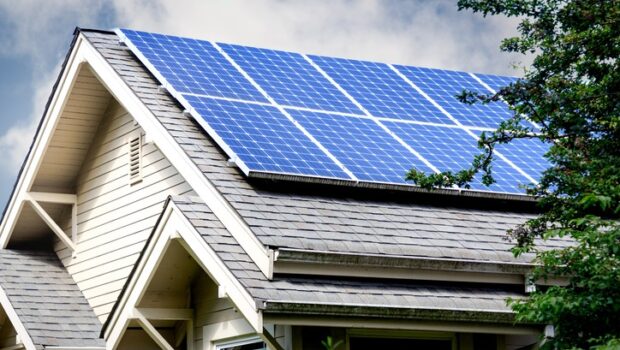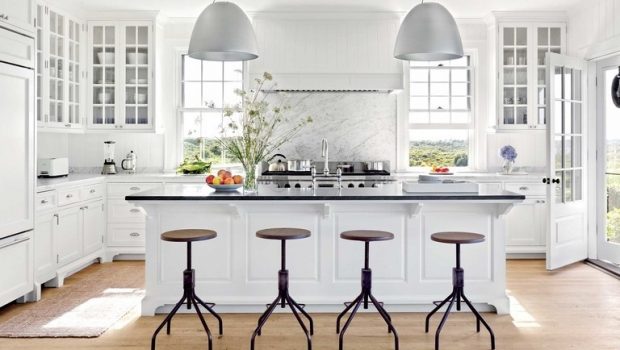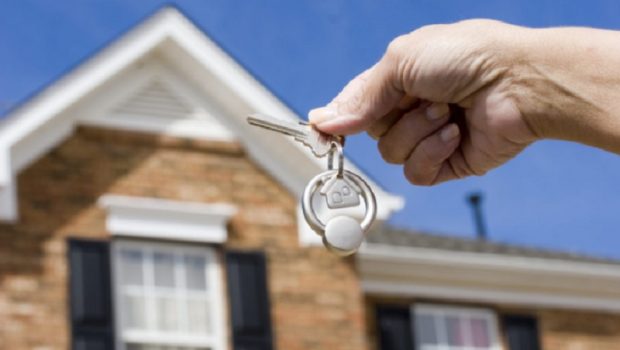Creating an eco-friendly roof can help you reduce your energy costs and conserve natural resources. In this article, we will provide a brief overview of the benefits of creating an eco-friendly roof in Georgia and what you need to know to get started. We’ll also discuss some key considerations when it comes to getting started with a green roof in Georgia. Finally, we’ll suggest some ways to ensure that your new roof is successfully implemented.
Benefits of Having an Eco-Friendly Roof:
There are many benefits to having an eco-friendly roof in Georgia. These include reducing energy costs, conserving water, providing extra insulation from extreme temperatures, improving air quality by helping filter pollutants, and increasing property value. Additionally, an eco-friendly roof can help reduce the “heat island effect” in urban areas, improving overall climate conditions in those places.
#1: Reducing Energy Costs
An eco-friendly roof can reduce energy costs by providing extra insulation that cools the building in warmer months. This can save you money on your monthly energy bill and also create a more comfortable living space inside your home or office.
#2: Conserving Water Resources
A green roof also helps conserve water resources by reducing runoff into nearby bodies of water. This is especially important in Georgia, where water scarcity is becoming an increasingly pressing issue.
#3: Providing Extra Insulation
As mentioned, an eco-friendly roof can provide extra insulation that helps keep your home or office cool in the summer and warm in the winter. This can save you money on energy bills by reducing how much air conditioning or heating you need to use.
#4: Improving Air Quality
Green roofs also help filter pollutants from the air, making it healthier to breathe. This is especially important in urban areas, where air pollution is an ongoing problem.
#5: Increasing Property Value
Having a roof can also increase your property value if you plan on selling soon. Many potential buyers are drawn to homes or offices that have green roofs because of their environmental benefits and energy savings potential.
Getting Started with a Green Roof in Georgia
When it comes to getting started with a roof, there are certain considerations you should keep in mind.
#1: Consider the Materials You Need
When it comes to creating a roof in Georgia, you need to consider the materials that you’ll need for the job. This includes things like insulation, waterproofing membranes, and even plants for a living roof. Make sure to research the right type of material for your particular climate and seek out professional advice if necessary.
#2: Ensure Suitable Slope and Drainage
It’s important to make sure that the area is suitable for a green roof – meaning that there is enough slope for proper drainage and that it won’t be at risk of flooding during heavy rain. If not, you may need to take measures such as adding more soil or gravel before installing your roof.
#3: Choose the Right Plants
When it comes to choosing plants for your roof, you can opt for hardy native plants that are well adapted to their environment or exotic foliage if you prefer. Make sure to research the right type of vegetation for your area and seek out professional advice if necessary.
When it comes to choosing plants for your roof, some of the best options in Georgia include Sedums, grasses, and wildflowers. These are all hardy and can withstand extreme temperatures as well as high levels of sunlight and rainfall. Other options you may want to consider include mosses, succulents, ferns, evergreens, and herbs.
- Sedums: These are low-growing succulents that are drought-tolerant and able to withstand extreme temperatures.
- Grasses: Grasses are excellent options for green roofs in Georgia as they can absorb water quickly and help reduce runoff.
- Wildflowers: Wildflowers can provide a pop of color to your eco-friendly roof while also providing a habitat for beneficial insects and pollinators.
- Mosses: Mosses are low-maintenance and can help improve air quality in urban areas.
- Succulents: Succulents are excellent options for green roofs in Georgia as they require little maintenance and are drought-tolerant.
- Ferns: Ferns are another low-maintenance option for green roofs in Georgia and can help add texture and color to your living roof.
- Evergreens: Evergreens are excellent options for green roofs as their long roots help anchor the soil, preventing it from washing away during heavy rain.
- Herbs: Herbs are a great addition to green roofs as they can provide a fresh, fragrant scent and are great for attracting beneficial insects.
No matter what type of plants you choose for your roof, it’s important to make sure that they get enough sunlight and water in order to thrive. If necessary, you may need to install a drip irrigation system or add more soil or gravel to the area in order to ensure proper drainage.
Creating an Eco-Friendly Roof
Step #1: Measure the Area
The first step to creating an eco-friendly roof is measuring the area that you want to cover. This will help ensure that you get the right amount of materials for your project and that everything fits properly.
Step #2: Install a Membrane
Once you’ve measured out the area, it’s time to install a membrane in order to waterproof it. Make sure to use a quality membrane material that won’t degrade over time.
Step #3: Add Soil and Plants
After installing your membrane, you need to add soil and plants of your choice, making sure to keep in mind the proper drainage needs for each type of plant. You can also opt for hardy native plants or exotic foliage, depending on your preferences.
Step #4: Add a Protective Layer
Once you’ve finished adding soil and plants, it’s important to add a protective layer over the roof in order to prevent any damage from wind or rain. This can include things like gravel, mulch, or even a specialized membrane if necessary.
Step #5: Practice Regular Maintenance
Finally, make sure to practice regular maintenance of your eco-friendly roof in order for it to last as long as possible. This includes trimming back plants, weeding, checking for leaks or damage regularly, and ensuring adequate drainage during heavy rainfall.
Ensuring Successful Roof Installation:
The last step is ensuring that your roof is successfully installed. This means making sure that everything fits together properly so that there are no leaks or gaps in the insulation or waterproofing membranes. It’s also important to find an experienced contractor like Mighty Dog Roofing Duluth in Georgia who can help ensure your green roof is installed correctly and safely.
With the right materials, preparation, and maintenance, you can create a beautiful roof in Georgia that not only adds aesthetic appeal to your home but also helps you save money on energy costs!
Now that you know how to create a roof in Georgia, what are you waiting for? Start planning your project today, and make sure to reach out for professional help if you need it! With the right preparation, you’ll be enjoying the benefits of an eco-friendly roof in no time.
Good luck with your project!




